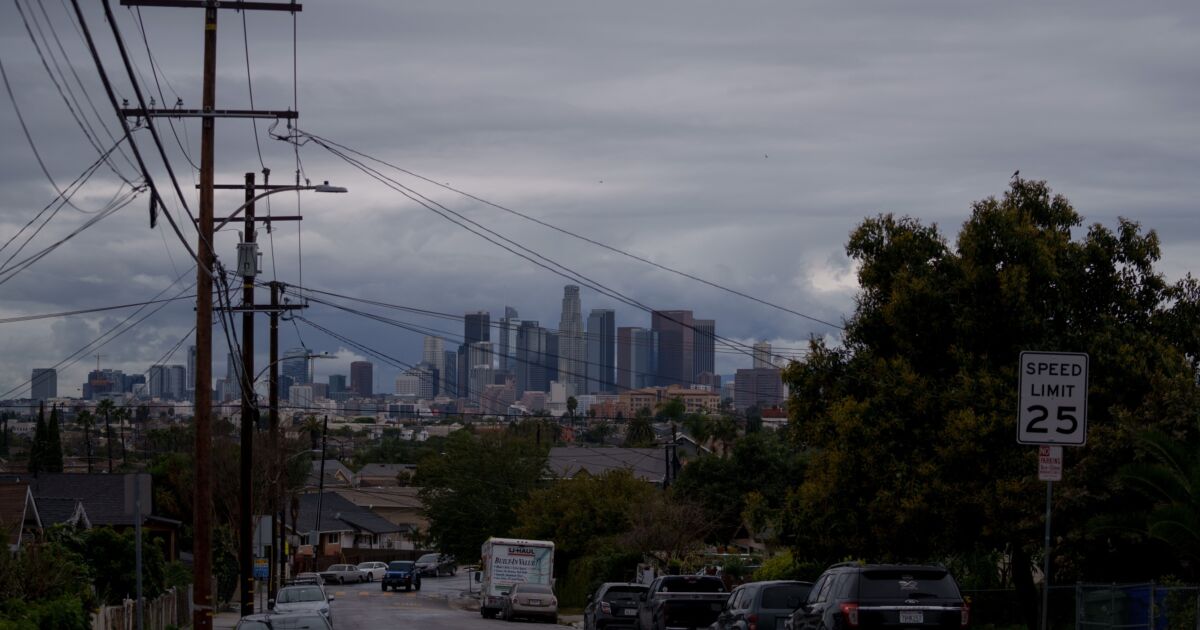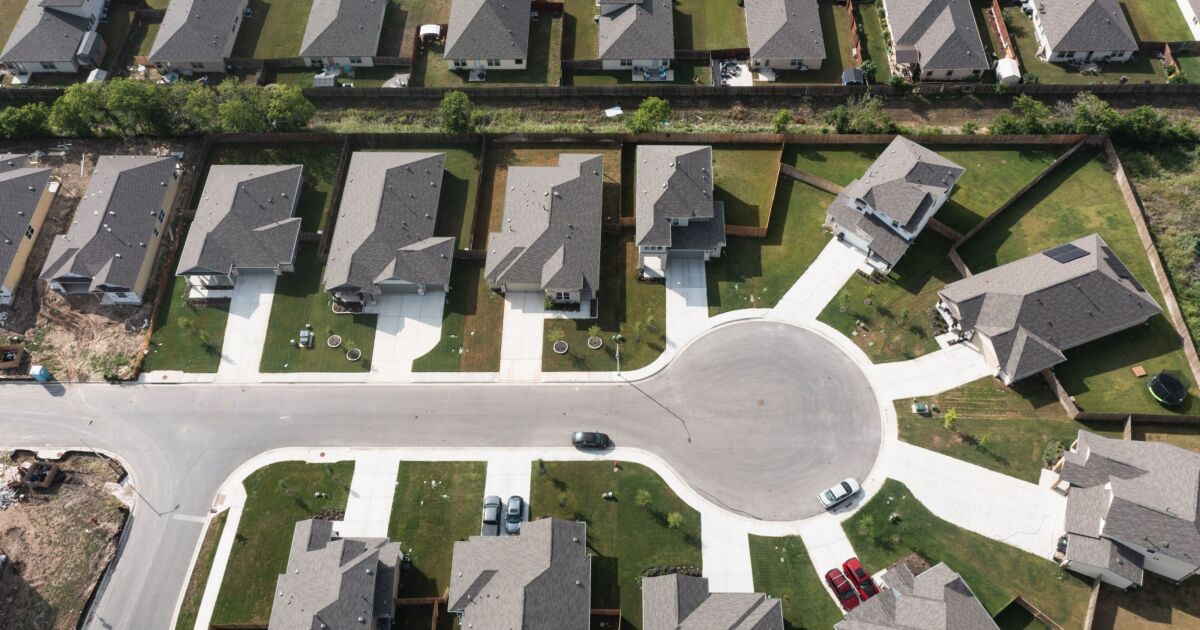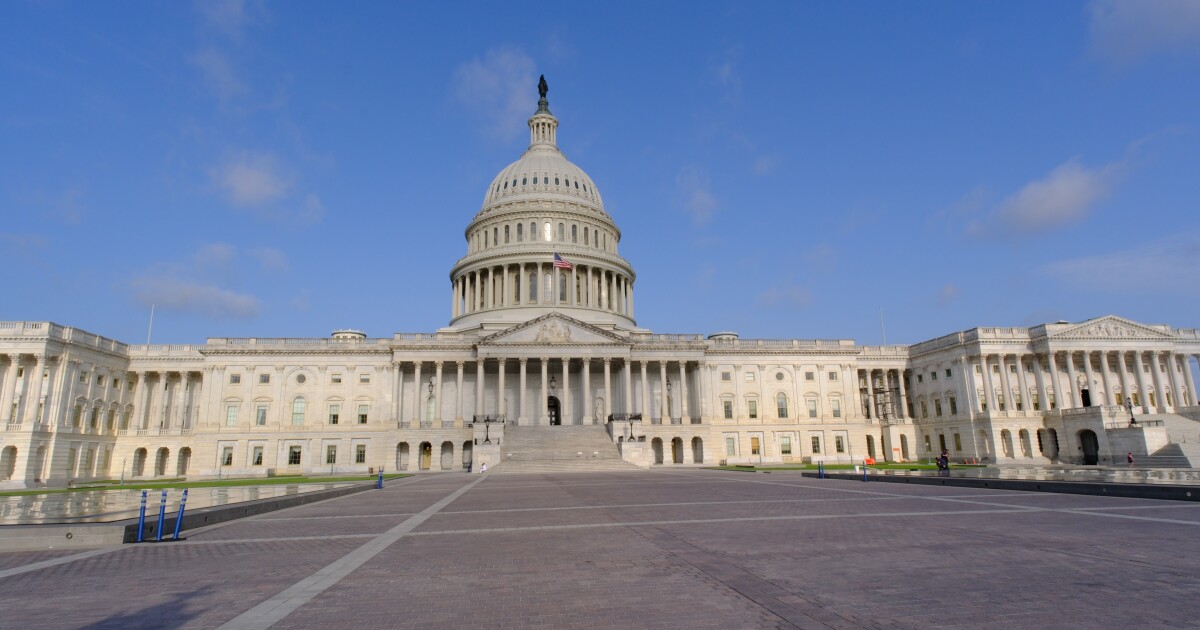
Homebuyers must heed the risk of hail after it caused the largest percentage of insured property loss last year, a new CoreLogic report warns.
Hail, along with straight-line winds and tornadoes, are the severe convective storm activity which caused
"Multiple factors, such as interacting climate and weather patterns, inflation and migration all have an impact on the unprecedented amount of insured loss caused by severe convective storms in 2023, and it's an important trend to pay attention to," said Jon Schneyer, catastrophe response director at CoreLogic, in a press release.
That assessment comes as residential insurance premiums are skyrocketing, dampening some origination activity in
No matter the cause of rising premiums, homeowners are paying steep prices, and experts say mortgage applicants have dropped their housing bids once they've realized higher insurance costs. The average nationwide premium was around $1,700 last year, according to the Insurance Information Institute. Floridians meanwhile pay on average $6,000 for coverage.
In severe convective storm activity, more than 10 million homes last year were hit with 1 inch or more of hail between last March and November, according to CoreLogic. The firm said it recorded 141 days last year with hail of 2 inches or greater, the highest figure in 20 years.
The pellets of frozen rain damage roofs, home sidings and windows, which can force homeowners to undertake significant repairs to fix their properties' structural integrity and watertightness.
CoreLogic says severe storms rose last year because of weather events such as
The storm risk however clashes with rising expenses such as the price of shingles, the common roof material, which shot up 40% in the past five years, CoreLogic found. Ceramic tile prices climbed 26% over the same period. Labor including roofers, glazers, painters, plasterers and tile setters cost 18% more since 2018 off of higher demand and work shortages.
Unless the economy sees "deflation", reconstruction costs will continue to rise in 2024, Kunst said. States have their own insurance administrations, and some, like California's, have capped rate increases creating more pressure on insurance providers.
"Add in inflation and supply chain issues related to materials, equipment and workers, and you have a recipe for increases— regardless of hazard impacts," wrote Kunst.



